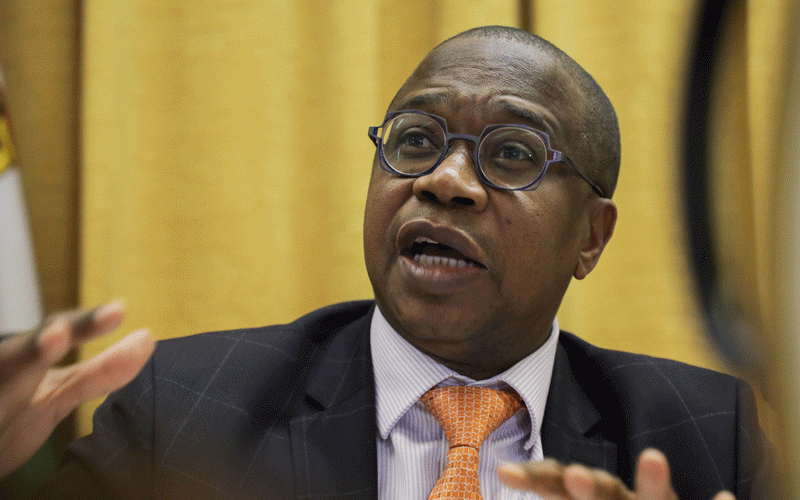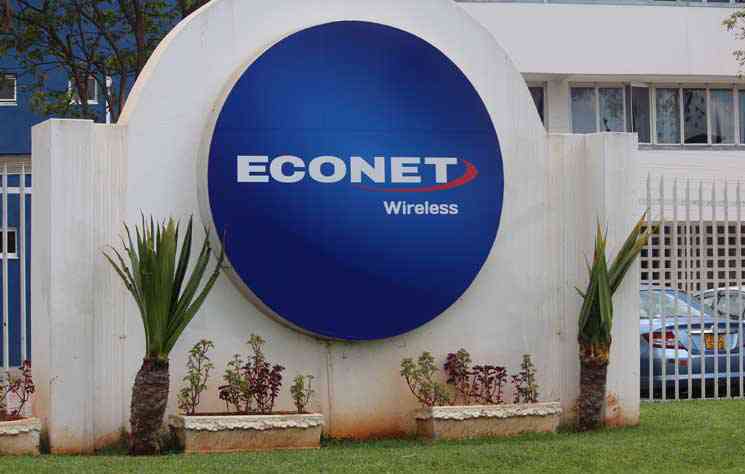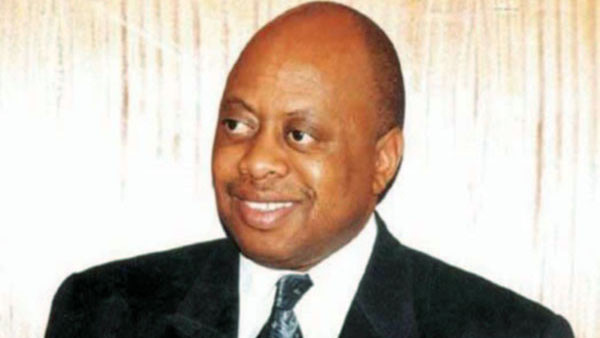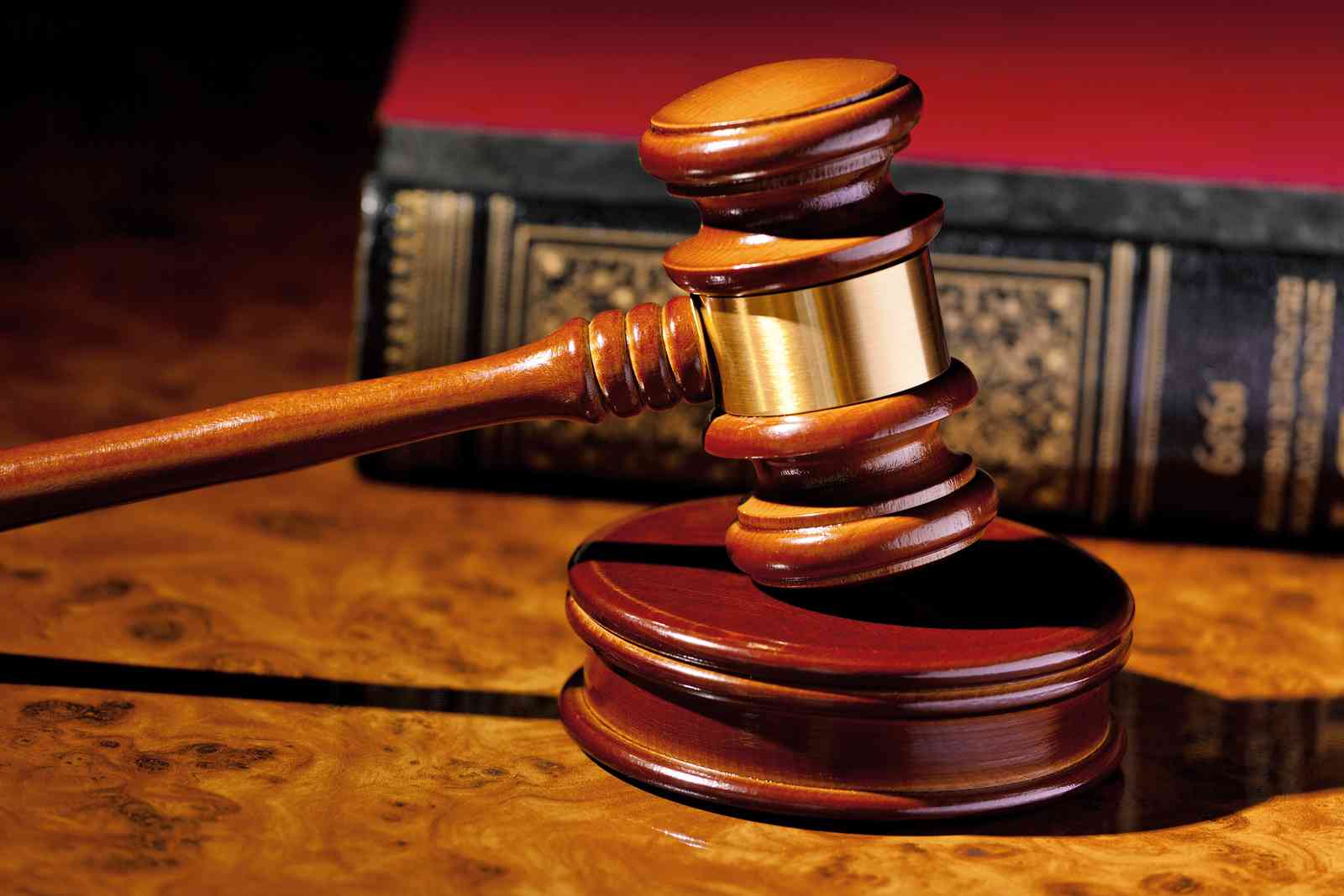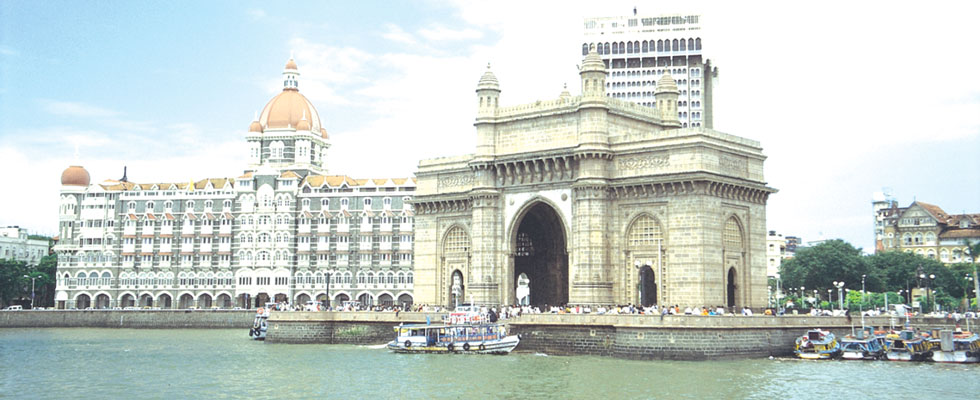
AMH group food, drink and travel writer, Dusty Miller, writes: “I’ve never actually set foot on the Indian sub-continent, despite being allegedly conceived there in a bit of the old Raj which is now Pakistan! (Imagine the complications of visa applications if Mum hadn’t made it back to Blighty to pup me!)
Report by Mark Pool “For some time, I’ve been convinced I get Delhi Belly (or Gandhi’s Revenge) just flying over Mumbai at 36 000 feet, but associate, Mark Pool, seems to have enjoyed it”: INDIA is one of the most popular destinations for Emirates passengers from Harare, and the vast country’s most populous city, Mumbai, must be high on the list of places to visit both for tourists and those with family connections.
Emirates offer six daily flights to Mumbai from Dubai using a state-of-the-art fleet including the Boeing 777-300ER. Emirates’ luxurious inflight offerings, include private suites in First Class, lie-flat seats in Business and a new generation of comfort in Economy. All classes feature ice, Emirates’ onboard information, communication and entertainment system offering hundreds of channels, ensuring Mumbai flights pass quickly.
Emirates flights to Mumbai land at Chhatrapati Shivaji International Airport, also called Sahar Airport, 28km from the CBD. Public transport is good and passengers can choose from a variety of options to reach the city centre, including the Suburban Railway and BEST buses, although these are not recommended for first-time visitors.
The most straightforward way of getting to the city centre is via the prepaid taxi service.
Travellers will enjoy the cosmopolitan atmosphere of India’s largest city. Explore the Victorian Gothic architecture of the old Victoria Terminus Station or the yellow basalt splendour of the Gateway of India. Visitors will also be overwhelmed by the sheer hustle and bustle of India’s commercial hub.
Mumbai is a city of sharp contrasts. By day — it is the centre of India’s booming economy. By night, its vibrant nightclubs throng with fashionistas and film stars. Originally a fishing colony spread over seven islands on the Konkan coastline, Bombay (as it was previously known) was controlled by a series of indigenous empires before being ceded first to the Portuguese, and eventually the British.
India became independent in 1947 but it wasn’t until 1995 the city was renamed Mumbai.
- Chamisa under fire over US$120K donation
- Mavhunga puts DeMbare into Chibuku quarterfinals
- Pension funds bet on Cabora Bassa oilfields
- Councils defy govt fire tender directive
Keep Reading
Today the cosmopolitan, multicultural city is home to striking colonial architecture, Bollywood — the globally-influential Hindi film and TV industry — and is the perfect springboard for regional Indian travel.
With 21 million people in its metropolitan area, Mumbai is a vast, sprawling city. It doesn’t offer the wealth of historical attractions of Kolkata (Calcutta) or Delhi, but there are a number of attractions worth seeing.
An architectural highlight in Colaba — and usually the first place tourists head to — is the Gateway of India. The most recognisable remnant of the British Raj, the yellow basalt Gateway marked the final departure point of the British when they left in 1947. From there, take a boat to Elephanta Island, six km offshore. The island is famous for Unesco World Heritage Site caves which contain rock-hewn sculptures dating back to the 5th century.
Visit another Unesco World Heritage Site: the Chhatrapati Shivaji Terminus, formerly known as Victoria Terminus Station. An outstanding example of Victorian ‘Gothic Revival’ architecture, its remarkable stone dome, turrets, pointed arches and eccentric ground plan are an example of the meeting of two cultures, as British architects worked with Indian craftsmen to create a masterpiece. Finally, see how the other half – literally – live with a tour of Dharavi. Featured heavily in the Danny Boyle film, Slumdog Millionaire, Asia’s largest slum is an eye-opening insight to how more than six million Mumbaikers exist.
Most tours are run by local students and include a trip to Mahalaxmi’s Dhobi Ghat, the world’s largest open air laundry.
If you search hard enough you’ll find food from all over the world – including China, Japan, Italy, Lebanon and Iran – in Mumbai. Decadent European-style brunches are popular in areas such as Bandra and Juhu, but to get a real flavour of the city it pays to sample Indian food.
Delicacies from all over the country are widely available, plus, of course, Mumbai’s traditional coastal (Konkan) cuisine.
Restaurants can be found on virtually every street, but good areas include Matunga and Fort (for Udipi and Goan graze), King’s Circle (Madras) and Colaba (Mughlai and Punjabi). If you’re ravenous, consider a Thali restaurant and hope you’ve got a few extra holes left on your belt.
While out and about it’s likely you’ll be tempted by the delicious aroma of street food; snacks such as vada pav and pani puri are perfect for travellers on the go. But, as elsewhere in India, be careful where you eat – hygienic versions of street food are available from take-away windows in areas such as Tardeo, Bandra and Chowpatty and provide all the flavour with none of the ill effects. Mumbai by night is just as busy as by day. The best bars, nightspots and live music venues tend to be centred in Bandra, Juhu and Colaba. Be warned, the nightclubs in the ‘city that loves to party’ close earlier than Western counterparts.
Take a day trip to Matheran, a Hill Station around two hours’ drive from Mumbai. At 800 metres above sea level, the temperature on the plateau is pleasant year round and its lush greenery, waterfalls and lakes make scenic viewing. Motorised vehicles are banned in Matheran, ensuring visitors enjoy some needed tranquillity after the crowds and chaos of Mumbai.
Walking, hiking and horse riding are popular and relaxing activities, and a number of lookout points provide spectacular views of surrounding hills and valley.
Emirates flies from Harare to Dubai five times a week, increasingly to daily frequency from October 1, and fares from Harare to Mumbai start from under US$1 000 including taxes.
The Dubai-Lusaka-Harare service is operated by an A330-200 aircraft in a three-class configuration, offering 12 luxurious First Class seats, 42 seats in Business Class and generous space for 183 passengers in Economy Class. EK 713 departs Dubai at 0925hrs, arriving in Harare at 1720. The return flight leaves Harare at 1850hrs and lands in Dubai at 0640hrs the next day.
You can also fly to Mumbai from Johannesburg and Durban direct (Harare will soon be connected to King Shaka International), via Nairobi or Addis Ababa. At least twice a year there is a wonderful cruise on Brilliance of the Seas from Dubai, taking in Gulf ports, Cochin (a former French possession in the south of India), Mumbai and Goa, an ex-Portuguese colony.
Visa information from the Indian Embassy at No.12, Natal Road, Belgravia, Harare, or online at www.embindia.org.zw/. Book online at www.emirates.com/zw or with your favourite travel agent.

